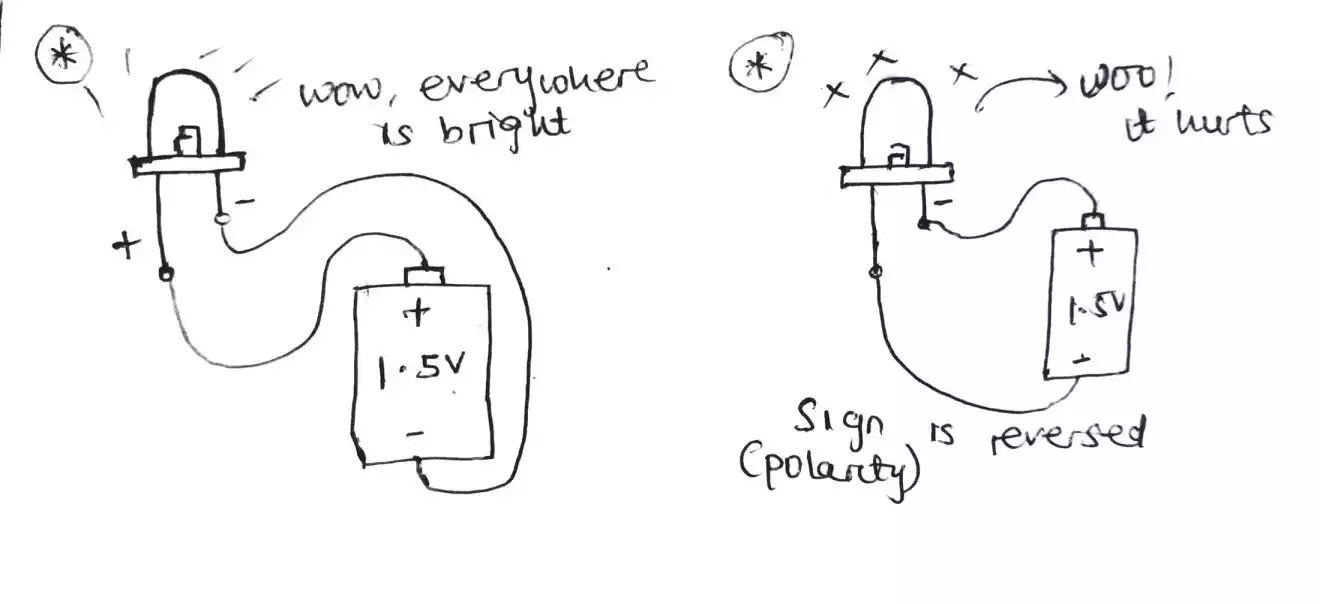Why Do We Use RMS Value Instead of Average Value?
When it comes to analyzing electrical signals, the use of root-mean-square (RMS) value holds immense importance.
Unlike the average value, which provides a straightforward representation, RMS takes into account both the magnitude and frequency of the signal.

This article aims to shed light on the reasons behind the preference for RMS value over the average value in various electrical applications.
By exploring the formulas and practical implications of RMS value, we can grasp its significance in electrical engineering.
Table of Contents
Definition of RMS and Average Value
Before looking into the reasons for favoring RMS value, let’s first understand what RMS and average values represent.
The RMS value is a statistical measure that quantifies the magnitude of a varying quantity, taking into account both its positive and negative values.
It is obtained by calculating the square root of the average of the squares of the values over a given period.
Mathematically, the formula for calculating RMS value is:
RMS = sqrt((x₁² + x₂² + x₃² + ... + xn²) / n)
Where x₁, x₂, x₃, …, xn represent the individual values, and n is the total number of values.
On the other hand, the average value, also known as the arithmetic mean, is calculated by summing all the values and dividing the sum by the total number of values. The formula for calculating the average value is:
Average = (x₁ + x₂ + x₃ + ... + xn) / n
Now that we have a clear understanding of these measures, let’s explore why the RMS value is often preferred over the average value in various applications.
Why Do We Use RMS Value Instead of Average Value?
The RMS value is favored over the average value due to its ability to accurately represent the true power or effective value of an alternating current (AC) or voltage signal.
Let’s look into the key factors that make RMS value the preferred choice:
1. Magnitude and Frequency Consideration
While the average value merely calculates the mean of all the data points, regardless of their magnitudes or frequency, the RMS value takes into account both.
It considers the square root of the average of the squares of the instantaneous values of a waveform.
2. Accounting for Positive and Negative Values
The RMS value effectively handles signals with positive and negative values, enabling a comprehensive evaluation of both halves of an AC waveform.
By squaring the instantaneous values before averaging them, negative values are squared to become positive, eliminating any cancellation effect.
3. Accurate Power Calculation
In electrical circuits, power is directly proportional to the square of the voltage or current.
The RMS value allows for precise power calculations without distortion. The average value, on the other hand, cannot accurately represent power due to its linear nature.
4. Application in Power Calculations
The RMS value is crucial for calculating the power dissipated in resistive loads. By employing Ohm’s Law (P = V^2/R), where V represents the RMS voltage, R denotes the resistance, and P signifies power, accurate results are obtained.
This calculation is impossible with the average value.
5. Heating Effects in Circuits
Understanding the heating effects in circuits is essential to prevent damage and ensure safety. The RMS value is instrumental in evaluating the heating effects caused by alternating currents.
By accounting for both magnitude and frequency, it enables precise analysis of potential overheating in components.
6. Harmonic Distortion Analysis
In complex waveforms, harmonics can introduce distortion, which affects the accurate representation of signals.
The RMS value plays a vital role in quantifying harmonic distortion and identifying potential issues.
Using the RMS value, engineers can assess the distortion levels and take appropriate corrective measures.
FAQs about Using RMS Value Instead of Average Value
Q1: Can you provide a simple formula for calculating RMS value? Indeed! For a set of N values (x1, x2, …, xn), the formula for calculating RMS value is as follows: RMS = sqrt((x1^2 + x2^2 + … + xn^2) / N).
Q2: How does the RMS value relate to AC voltage and current? In AC circuits, the RMS value is crucial for power calculations, as it represents the effective or true value of the voltage or current waveforms.
Q3: Why can’t we use the average value for power calculations in AC circuits? The average value does not consider the magnitude or frequency of the waveform, and cannot accurately represent power due to its linear nature.
Q4: Can you compare the RMS value and the average value in terms of their magnitudes? The RMS value is always greater than or equal to the average value. The exact relationship depends on the waveform shape.
Q5: Is RMS value applicable to both sinusoidal and non-sinusoidal waveforms? Yes, the RMS value can be calculated for both sinusoidal and non-sinusoidal waveforms, making it a versatile measurement tool.
Q6: What is the practical significance of using RMS value in household electrical systems? By considering both magnitude and frequency, the RMS value helps determine appropriate wire sizes, fuses, and circuit breakers, ensuring safe operation of household electrical systems.
Final Thoughts
Understanding why we prefer the RMS value over the average value in electrical engineering provides valuable insights into signal analysis and power calculations.
By considering both magnitude and frequency, the RMS value accurately represents AC signals and facilitates accurate power calculations, safety assessments, and harmonic distortion analysis.
Its significance in various applications, including household electrical systems, makes it a fundamental concept for engineers and technicians alike.





